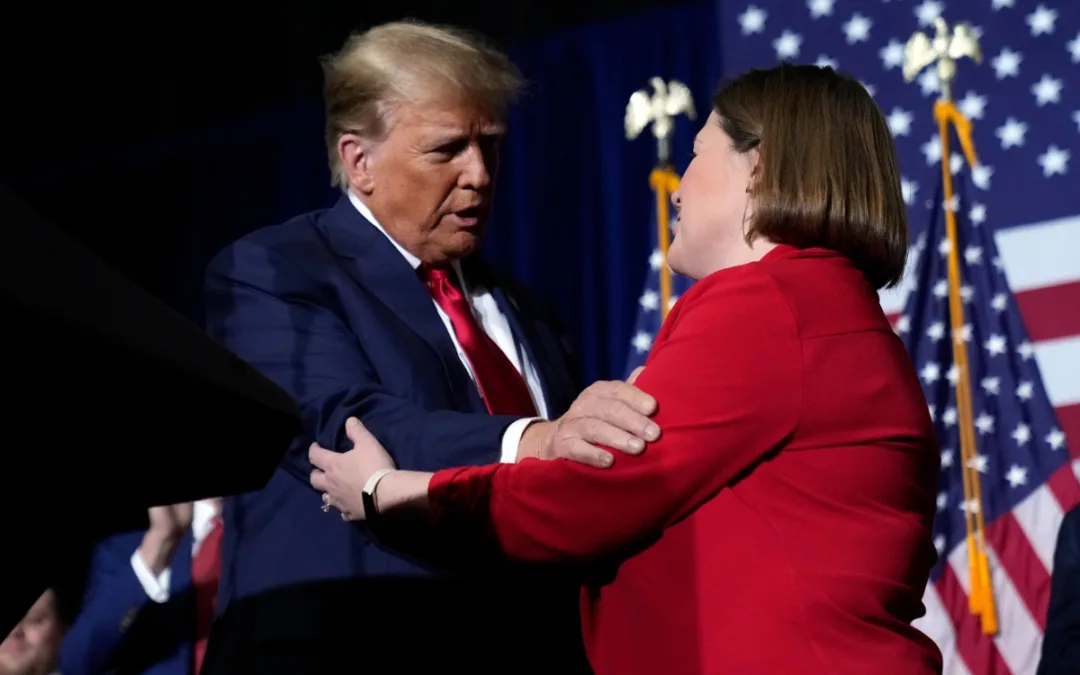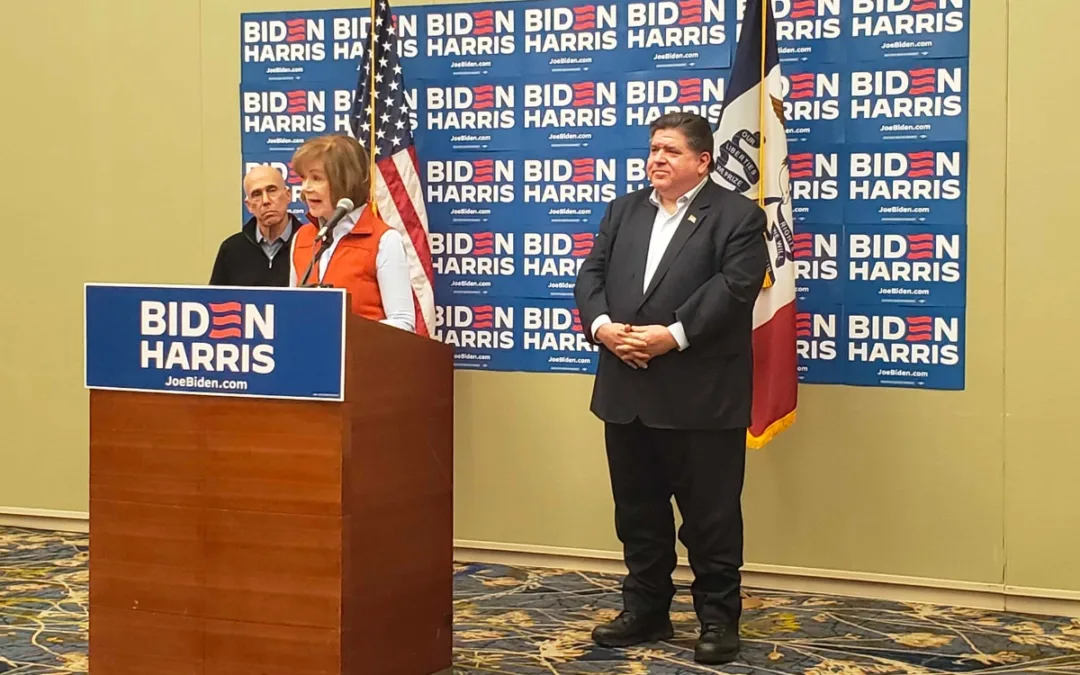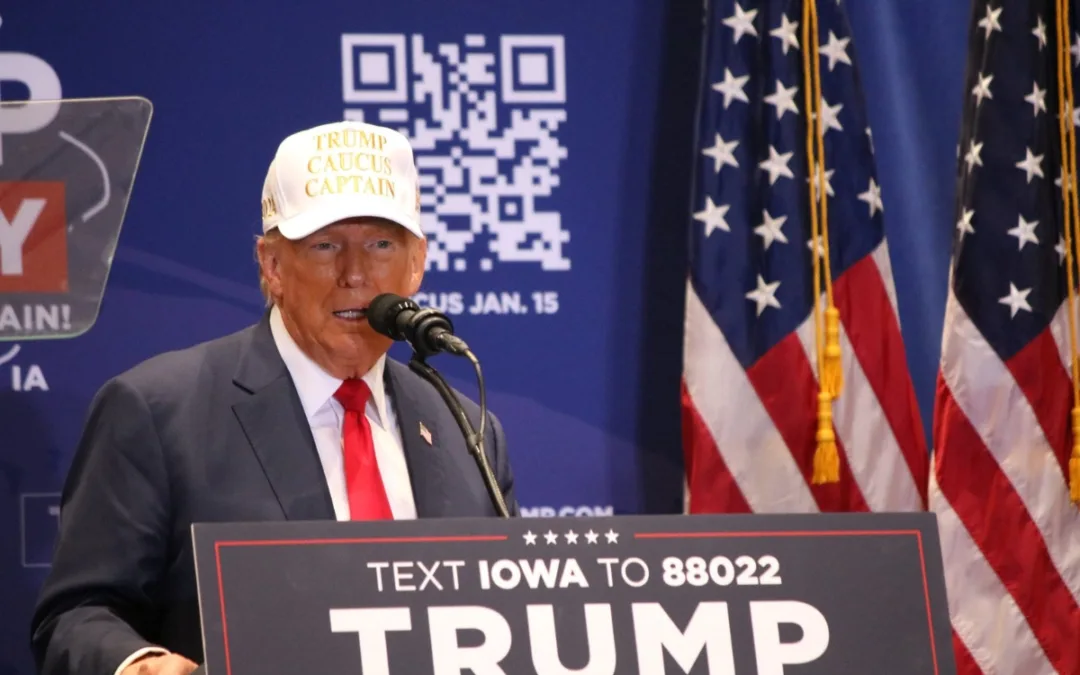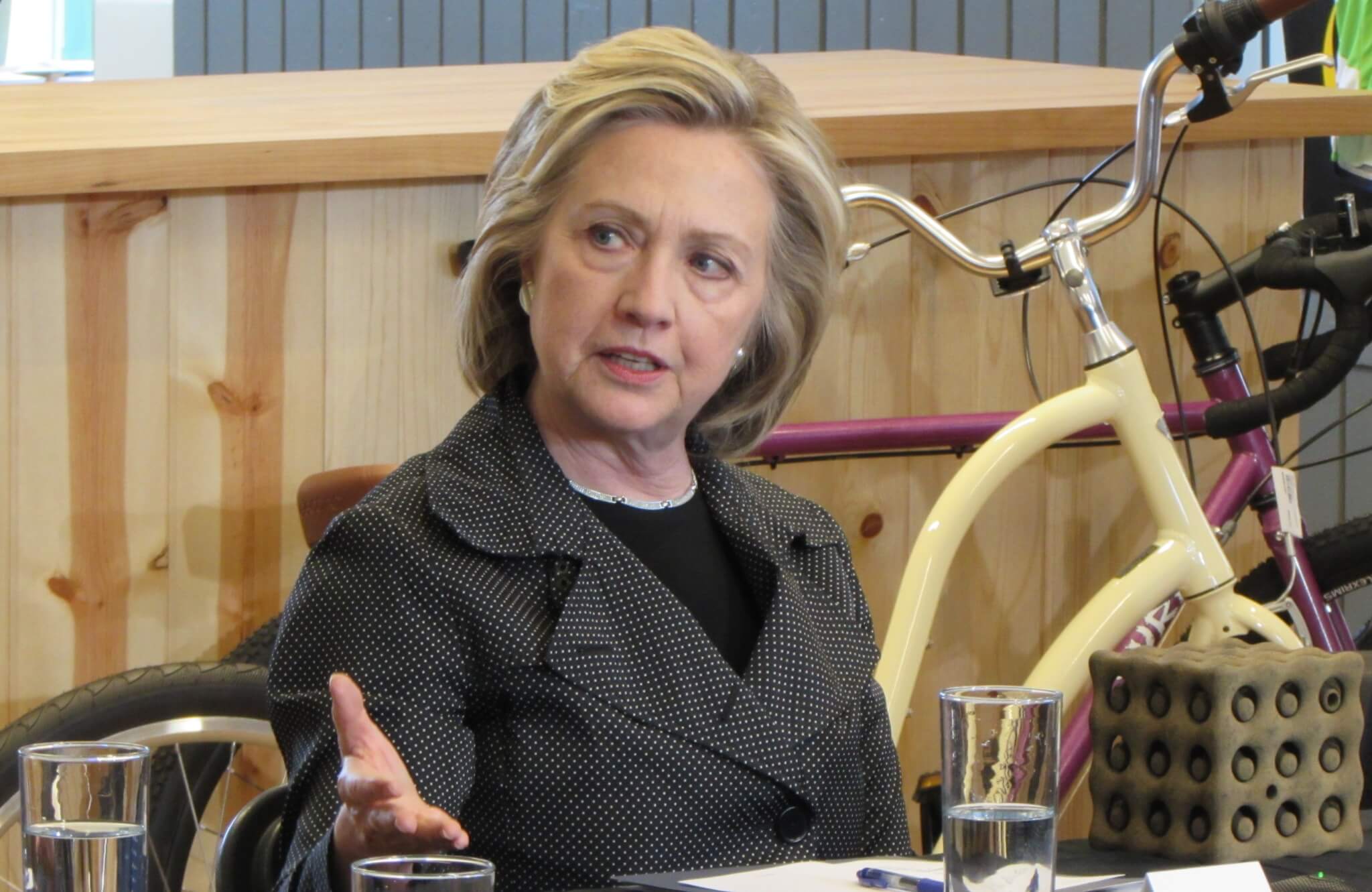
The Clinton campaign celebrated their Iowa Caucus victory back on February 1st, but they had certainly hoped for a larger margin. Nearly two months later, however, that win is looking better and better after a string of blowout defeats to Bernie Sanders in other caucus states.
Sanders finally made up a bit of the delegate gap between him and Clinton on Saturday with large margins of victories in the Washington (73%), Alaska (82%) and Hawaii (70%) caucuses. He still faces a nearly insurmountable task in overtaking Clinton’s national lead, but it was yet another day in which caucus states gave the Vermont Senator landslide victories.
Overall, Sanders has won 10 of the 12 caucus contests (10 of 14 if you count America Samoa and Northern Marianas) and he’s done so in convincing fashion. Before his trio of caucus wins on Saturday, he took the Colorado Caucus with 59%, the Minnesota Caucus with 61%, the Kansas Caucus with 67%, the Nebraska Caucus with 57%, the Maine Caucus with 62%, the Idaho Caucus with 78% and the Utah Caucus with 79%.
In contrast, Clinton won the Iowa Caucus by only 0.2% and won the Nevada Caucus with about 53% of the vote.
A large part of Sanders’ advantage in these caucus states comes from their demographics that are favorable to Sanders. He’s failed to make serious inroads yet into African American and Latino voters, and most of these caucus states were overwhelmingly white (Maine 95%, Idaho 94%, Nebraska 90% – though it is noteworthy that he did win more diverse Washington, Alaska and Hawaii). The caucus system was also thought to favor outsider candidates who command enthusiastic and younger followings (as they did with Barack Obama in 2008).
In fact, Sanders is now doing almost as well, and in a few cases even better, in these later caucus states than Obama did in 2008. Sanders got 82% in Alaska to Obama’s 75%, 78% in Idaho to Obama’s 80% and 73% in Washington to Obama’s 68%.
For comparison purposes, it would have been helpful had there been a random caucus state in the middle of Clinton’s strongest area, like if Alabama held a caucus in the midst of the south. But even without, it’s clear that Sanders has received a boost from the complicated process that is a state caucus. For example, Clinton captured 39% of the Utah vote in 2008 when it was a primary compared to only 20% in their 2016 caucus. And there’s plenty of cases from 2008 like Texas and Nebraska where states oddly held both a caucus and primary and Clinton got a much larger share of the primary vote.
So then why did Clinton pull out victories in the two most important early caucus states? Probably because of the biggest difference of all with Iowa and Nevada: there was time to organize.
For nine months the Clinton campaign deployed a large, highly-experienced field operation to build relationships with Iowans in order to eventually turn them out to caucus. The typical volunteer phone banks and canvasses were preceded by months of one-on-one meetings with local activists and finding new supporters and developing them into leaders. There was just as much – if not more – persuasion efforts than turnout ones, and many longtime caucus activists signed up with Clinton this year after being with John Edwards or Obama last time.
And Clinton herself had much more time to personally campaign throughout the state in smaller communities. But those visits, as opposed to large city rallies aimed at press coverage in later states, were also focused back on the main mission of the Iowa operation: organizing. She often met with small groups of local activists to personally ask them to join her campaign.
The Sanders campaign was slower to develop in Iowa than Clinton’s, not getting their field operation fully running until the summer after Clinton’s started in early April. Even those few months difference seemed to have quite the impact.
After a few months of skepticism early on, pretty much every Iowa leader and all of the press acknowledged how impressive a ground game Clinton had put together in the first state. Now in retrospect it seems even that much better considering they were able to eke out a win in a state despite getting badly beaten in places similar to it. And while Sanders was able to claim an “effective tie” out of Iowa, there really would have been a big difference in the early national media narrative had Sanders triumphed in both of the first two states, no matter how small a margin in Iowa. That Iowa victory from the Clinton team here did a lot more good than perhaps originally realized.
In Iowa and nearly every state afterward, party leaders noted that the Clinton campaign was the first on the ground before Sanders. Unlike in 2008 where the campaign practically ignored staffing later caucus states, this time Clinton’s campaign sent full compliments of staff, mostly from the Iowa operation, to head up organizing efforts in the caucus states. However, it didn’t seem to make much of a difference.
When it’s only a small handful of people for a few months ahead of time, supplemented with a larger contingent of staff just one month before a caucus or primary, there simply isn’t the time to do quality organizing work needed for a caucus. Opening offices all over the state and throwing together volunteer phone banks and some canvassing for a few weeks doesn’t appear to be enough to motivate people to actually turn out to their caucus. At that point momentum and intensity of support seems to take over.
The one caucus where Clinton notably held her own a little better was in Nebraska where Sanders only got to 57%. That was one of the only caucus states to offer an absentee ballot option, which the Clinton campaign took full advantage of in a quick four-week operation there.
One could argue this all reflects well on Iowa’s place in the nominating process. Thought to be the place where only upsets are made after Obama’s 2008 victory, Clinton staved off Sanders in 2016 with a strong, long-term operation. So Iowa can be a place where both underdogs and front-runners do well.
Yes, outsider and insurgent candidates can take advantage of Iowa’s demographics and the nature of a caucus to over-perform among the more progressive activists and enthusiastic followers that show up. But a smart front-runner, with enough resources committed early on can also use the state to put an early end to an upstart rival or at least dampen their momentum. That’s what Clinton did in 2016 and what every candidate will look to in future presidential races to replicate or figure out how to overcome.
by Pat Rynard
Posted 3/28/16
Politics
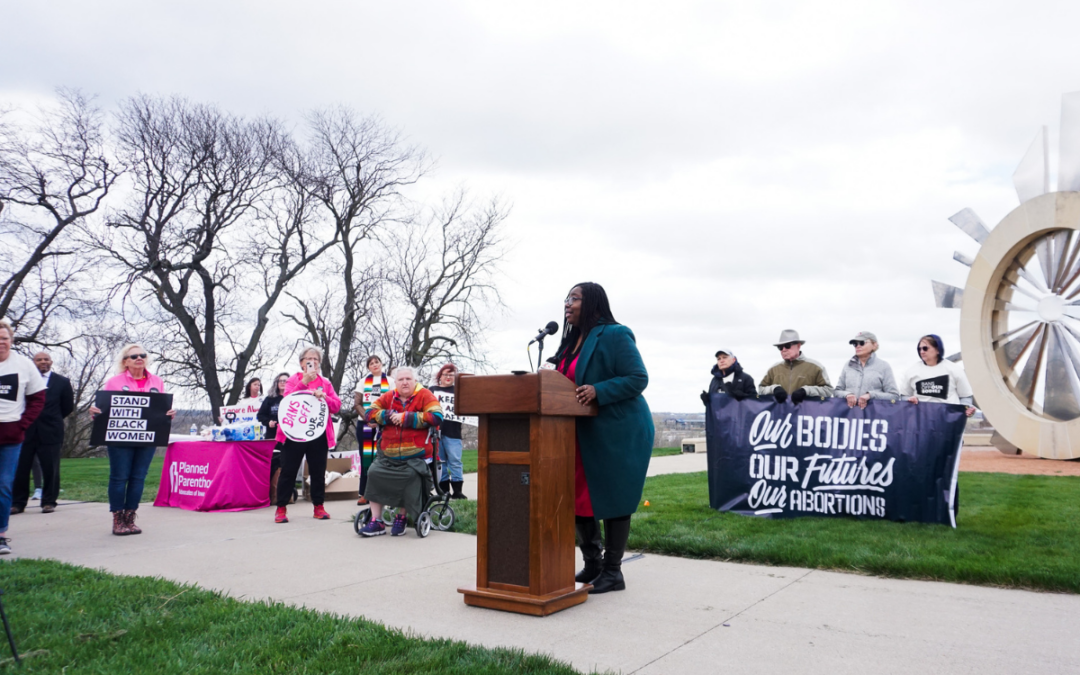
Abortion supporters rally before Iowa Supreme Court arguments
Abortion saved her life seven years ago and Leah Vanden Bosch is more grateful for it now than ever. Vanden Bosch, who serves as the development and...
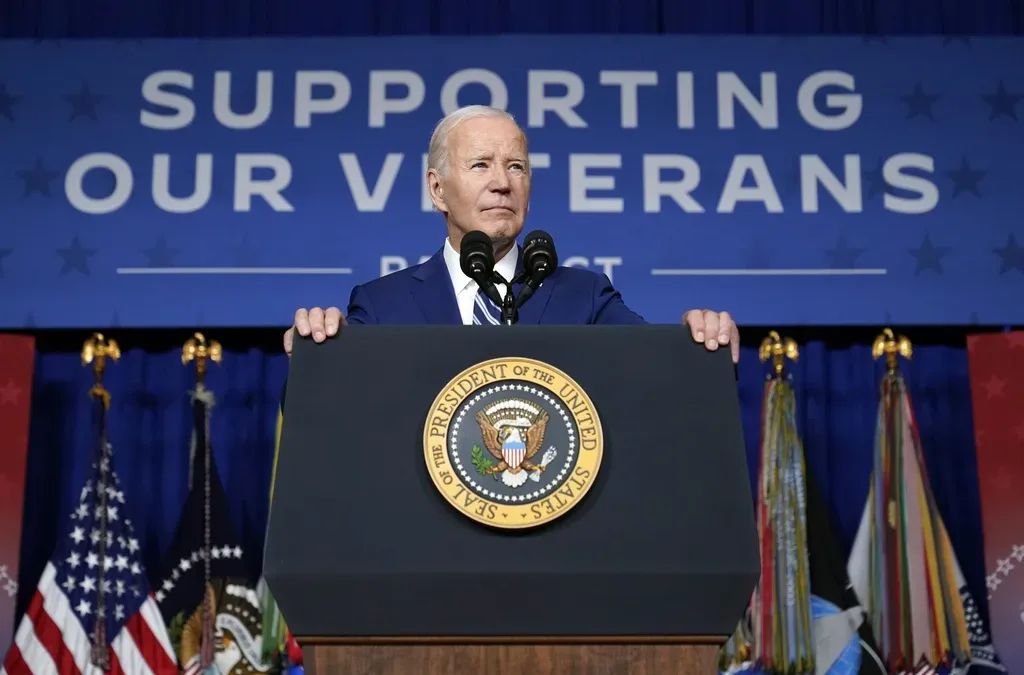
New VA program to help more than 40,000 veterans stay in their homes
The Department of Veterans Affairs (VA) will launch a “last resort” program for tens of thousands of American veterans who are in danger of losing...
Local News

No more Kum & Go? New owner Maverik of Utah retiring famous brand
Will Kum & Go have come and gone by next year? One new report claims that's the plan by the store's new owners. The Iowa-based convenience store...

Here’s a recap of the biggest headlines Iowa celebs made In 2023
For these famous Iowans, 2023 was a year of controversy, career highlights, and full-circle moments. Here’s how 2023 went for the following Iowans:...



